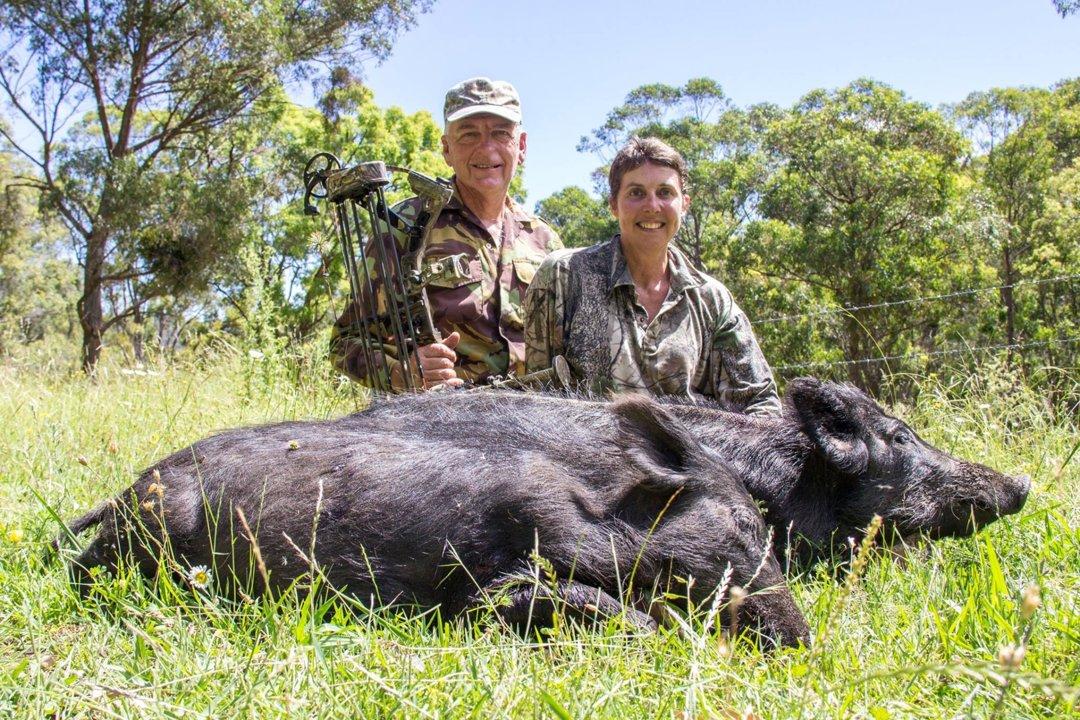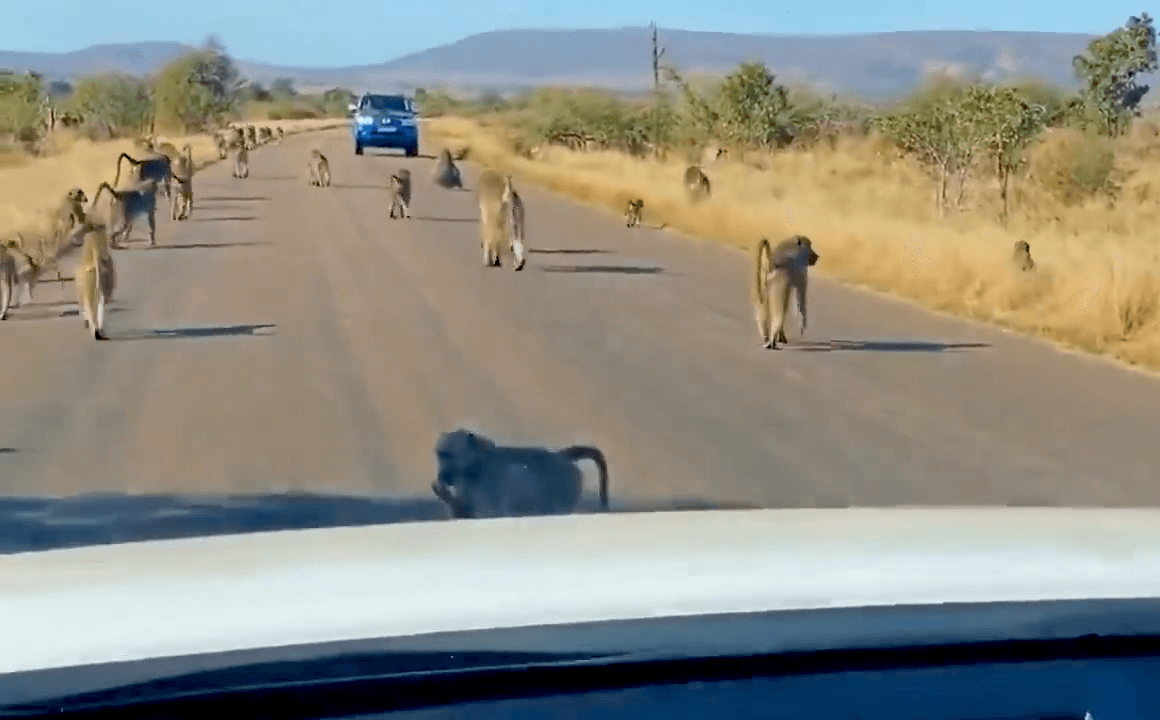
Wilderness Trails of KAIROUAN: Geography and Demographics, Laws and Hunting Seasons in Tunisia Natural Composition and Terrain Variety of Tunisia Kairouan, located in central Tunisia, offers a predominantly flat and semi-arid landscape, interspersed with steppe vegetation, scattered olive groves, and dry riverbeds known as oueds. While it lacks the dense forests of the north or the mountainous cover of the west, its vast open fields and agricultural margins create ideal conditions for certain types of hunting. Seasonal grasses and cultivated land attract smaller game species, while occasional scrub thickets and undulating terrain near the Djebel Serj foothills provide moderate cover for more elusive animals. Hunter Presence and Community Scale in Kairouan Region The hunting population in Kairouan is moderately sized, with most hunters originating from rural zones and practicing the activity during weekends or seasonal breaks. Delegations such as Haffouz, Oueslatia, and Sbikha serv
Post: 30 July 11:44


































